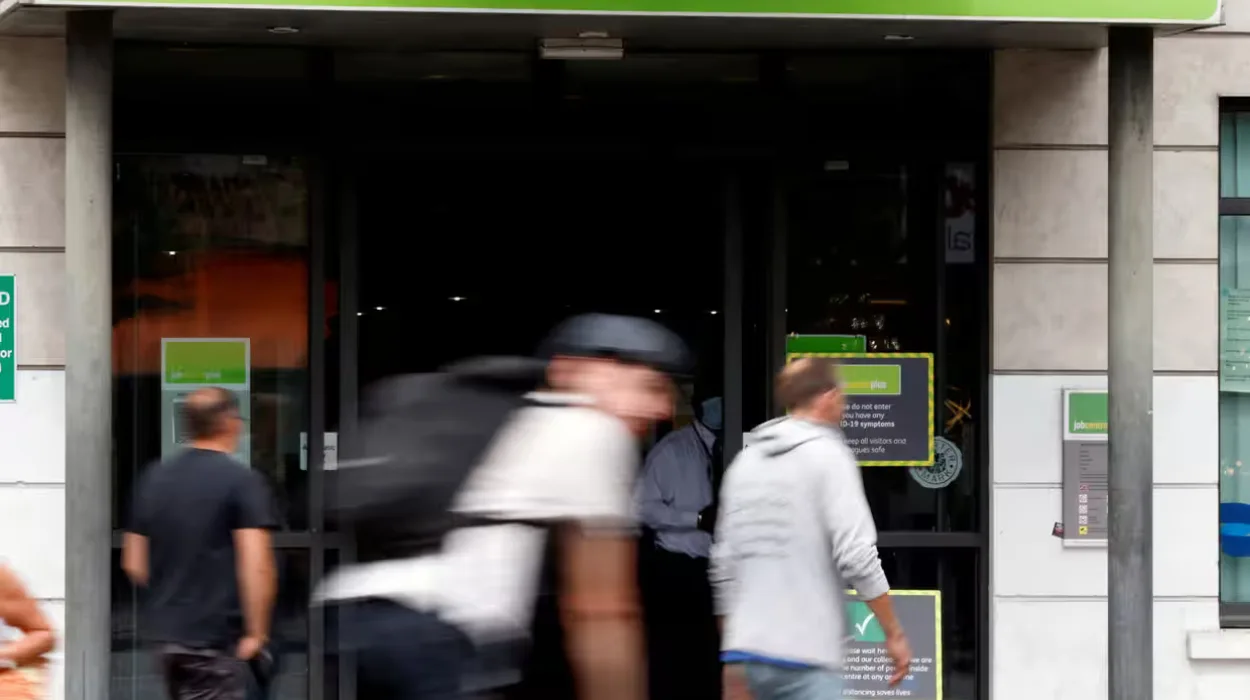UK (Parliament Politics Magazine) – The UK jobless rate rose to 4.6%, the highest in nearly four years, as tax hikes and wage pressures contributed to a sharp fall in payrolls and slowed hiring.
As reported by The Guardian, official data shows joblessness in Britain hit a four-year high in April, fuelled by Chancellor Rachel Reeves’ tax rises and a slowing labour market.
ONS data about the UK job market
According to new figures from the Office for National Statistics, the UK’s unemployment rate climbed to 4.6% in the three months leading up to April. The increase is seen as a political setback for the chancellor just ahead of the 11 June spending review.
Regular earnings rose by 5.2% over the year, falling short of the 5.3% growth predicted by City analysts.
The latest data shows Britain’s job openings shrank to 736,000 after a 63,000 drop, as payroll figures recorded the worst decline in five years with a 109,000 fall in May.
New data signals the first effects of April’s £25 billion increase in employer NICs, which hit close to 1 million UK businesses, coupled with a 6.7% increase in minimum wage levels.
What did Liz McKeown say about the UK jobs market?
Liz McKeown, the ONS director of economic statistics, stated,
“There continues to be weakening in the labour market, with the number of people on payroll falling notably. Feedback from our vacancies survey suggests some firms may be holding back from recruiting new workers or replacing people when they move on.”
She added,
“Earnings growth has slowed in both cash and real terms, though it remains strong by historic standards. Public sector pay is now growing at a higher rate than wages in the private sector.”
What did Suren Thiru say about April’s jobs shock?
Suren Thiru, the economics director at the Institute of Chartered Accountants in England and Wales, stated,
“These figures suggest that the UK’s jobs market took a damaging hit from ‘Awful April’, with the tough reality of sharply rising NICs and national living wage costs pushing more employers to cut staff.”
He added,
“The UK’s labour market is in a painful period with eye-wateringly high business costs likely to mean more job losses this year, particularly if the spending review increases the odds of more tax hikes in the autumn budget.”
What did Alison McGovern say about helping jobseekers?
Employment Minister Alison McGovern said the government is introducing new measures to support jobseekers amid a softening labour market.
She added,
“Supporting more people into work and putting more money in the pockets of working people is at the heart of our plan for change.”
How have April’s tax rises and wage hikes hit the UK Labour market?
The ONS’s Labour Force Survey, often criticised for falling participation, remains the primary tool for measuring unemployment. Economists argue this undermines the reliability of the data, leaving decision-makers in the dark and policy potentially misinformed.
The number of workers on UK company payrolls fell by 109,000 in May – the sharpest monthly decline since the peak of the COVID-19 pandemic.
The new data reveals signs of how the April £25bn surge in employer NICs is hitting nearly 1 million firms. The figures also shed light on the strain caused by a 6.7% uplift in the national minimum wage.
What did Thomas Pugh say about the labour market and interest rates?
Thomas Pugh, an economist at the consultancy RSM UK, stated,
“Overall, the labour market is clearly cooling, which should feed into slowing wage growth through this year. But it isn’t collapsing. The hawks on the MPC will still be too concerned about strong wage growth to consider going for another rate cut in June.”
What did Stephen Evans say about the slowdown in retail and hospitality?
Stephen Evans, CEO of the Learning and Work Institute, stated,
“The labour market continues to slow, with the largest employment falls seen in retail and hospitality.”
He added,
“Time will tell whether this is an indicator of a broader slowdown or a temporary effect.”
UK spending review 2025
- Date: Announced on 11 June 2025 by Chancellor Rachel Reeves
- Purpose: Sets multi-year budgets for government departments (2026/27–2028/29 for day-to-day spending, 2026/27–2029/30 for investment)
- Total spending: Over £600bn annually, covering ~40% of public spending (excluding demand-driven costs like benefits)


